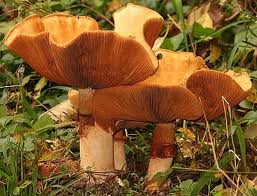Phyllostachys
Pot Cultivation
Grow them in rich, moist soil that isn't too heavy. They should never be allowed to become dry and they need shelter from cold winds. During the spring they aren't as lush looking so it is advisable to plant them away from spring flowering plants to prevent detracting from their beauty. They will become very handsome plants the rest of the year. In the spring, before new shoots begin to grow, the oldest canes or those with dying tops, should be cut out. The plants should be washed off with the hose to remove dirt. A top-dressing of well-decayed manure, or a complete fertilizer and mulch of compost or peat moss should be applied at this time.Propagation
When new shoots reach 2 inches in length, they may be transplanted. These plants may also be divided and planted in containers filled with loam, peat moss and sand and set in a greenhouse until they start to grow actively. Long shoots may also be set in moist peat moss and sand or in sand under glass. New plants will probably grow from the buds near the base of the stem, though this isn't the best method. Bamboos die a year or two after flowering, though this is only every 30 to 40 years. At that time, seeds should be saved. The best method of propagation, however, is to divide the clumps of canes that grow from the base in the spring. |
 |
P. flexuosa |
P. aurea |
VARIETIES
- P. aurea;
- P. bambusoides & var. Castilloni;
- P. niger & var. Boryana, Henonis;
- P. flexuosa;
- P. sulphurea.




